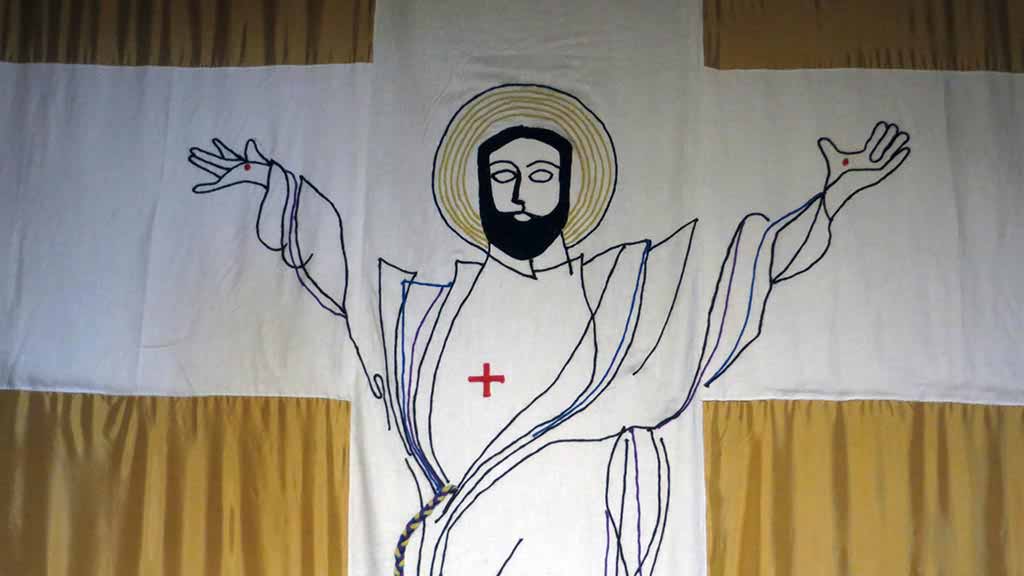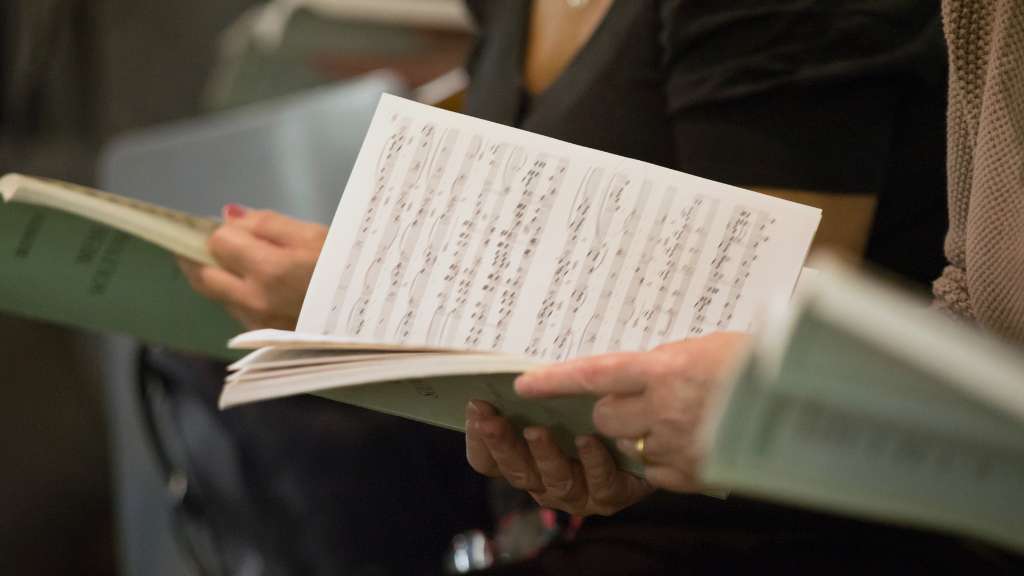
Guiding To and Growing Through the Christian Life
Guiding To and Growing Through the Christian Life
Methodism (1835-present)
Methodism was a latecomer to America, especially to New England. John Wesley, of England, father of Methodism, a contemporary of George Washington, could not realize how Americans felt about taxes and their lack of independence. His sympathies were entirely with the English. He did believe in sending missionaries to America, and fortunately, he sent Francis Asbury here in 1771, four years before the Revolutionary War, Asbury established the Circuit System with classes and “Traveling Elders”.
A “Traveling Elder” rode from town to town, preaching in a school house, dwelling, barn, or even as the old record states, “in the shade of a large oak tree.” The official beginning of Methodist in America was at the Christmas Conference held in Baltimore. Francis Asbury was consecrated as its first bishop. Ordained elders served as circuit riders, traveling from town to town preaching the Word and bringing the sacraments.
In 1844 the church divided over the issue of slavery and did not reunite until 1939. In 1870 both Northern and Southern Methodists became leaders in the temperance movement, along with stricter observance of the Sabbath. Both the Prohibition Movement and the Salvation Army began during this era. In 1956 the Methodist Church became one of the first to grant full clergy status to women. In 1968 the Methodist Church and the Evangelical United Brethren united to form the United Methodist Church, the second largest Protestant denomination in America.
Methodism came to this area about the year 1800 when the first Traveling Elder arrived in Burlington. In 1809 Methodists bought the Bunnell house near the Bristol town line, removed the partitions, and remodeled it for services.
1816 Lamson Corner
In 1816 when more room was needed, a church was built on land now a part of Lamson Corner Cemetery. In 1835, church members took down their church piece, by piece, moved it and built it again in Burlington Center.
Take Route 4 to Burlington Center, left Route 69, 2 miles to the cemetery on the left; climb up to center of cemetery. By seeking out the headstones of preacher Smith Tuttle who requested that at his death he be buried as near as possible to the location of the pulpit of the church and William Marks, a prominent member of the church who requested he be buried at the location of the southern entrance you can visualize where the church stood and picture wagons pulling up below the stone wall and approach to the entrance.
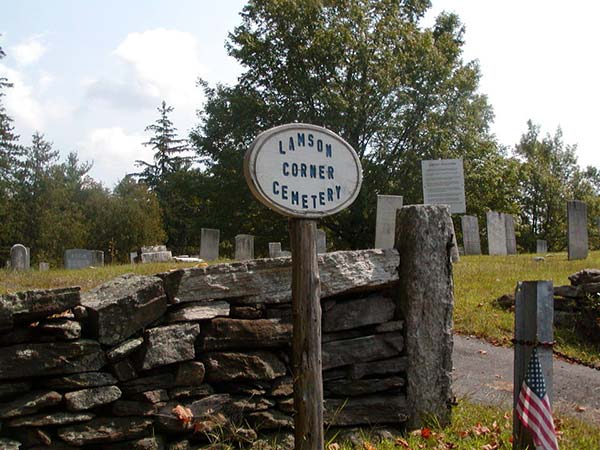
1836 Burlington Center
Having been moved to this location from Lamson Corner, the two story building was modernized and had a small square tower. This church served Burlington and neighboring towns for 52 more years before it was sold to the town in 1887 for a Town Hall. It had served as a church for 71 years and as a town hall for 71 years, so the building was 142 years old when it was finally torn down in 1958.
Heading north from the cemetery, turn right on Route 4. At Center Cemetery entrance look for Johnnycake Realty (located in old firehouse). The existing yellow house on the other side of the cemetery driveway was the parsonage.
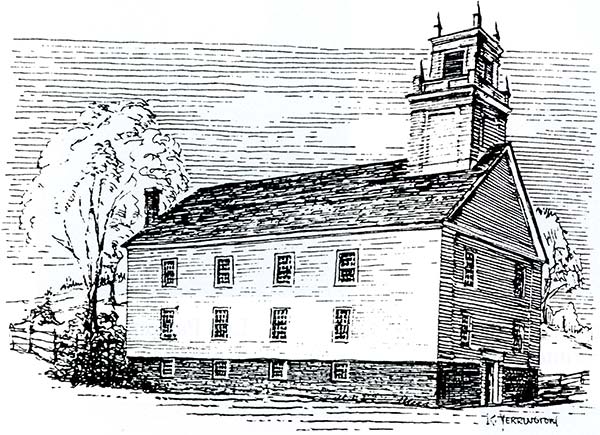
1858-66 Tryon and Sanford Store
At this time a group of farmers and mechanics who had been traveling from Unionville to Burlington for worship began to meet on the second floor of the Tryon and Sanford store at the intersection of Main and Lovely streets in Unionville. (Imagine traveling by horse and wagon from Unionville to Burlington Center.) During the summer, worship was held outdoors in the West District, which later was also the site of many church picnics.
Between Main and Lovely Streets at intersection of Farmington Avenue – met in upstairs of this building

1867 Farmington Avenue church built
Site of Unionville Restaurant (former Friendly’s) in Unionville.

1926 School Street stone church in Unionville built and opened
By the 1920s, local Methodists had outgrown their church and began building a new one on School Street, a copy of a church at Lake Mahopec, NY. In 1929 the name “Memorial Methodist Episcopal Church” was adopted and a new organ was dedicated in December of 1933. By 1955 two Sunday services were needed, and four years later a parish house was erected. In 1961 a third Holy Communion service was added, and in 1962 the first Vacation Bible School was held.
In 1959, ground was broken for a new parish hall behind the church. Various groups in the church organized to furnish, paint and equip the new building. In 1961, the interior of the church was remodeled, entirely by members of the congregation. Weekly observance of Holy Communion was begun at an 8 a.m. service each Sunday. Other services were held at 9:30 and 11. The membership in 1966 stood at 294.
Stones from this church came from West Avon Road property where our current church stands
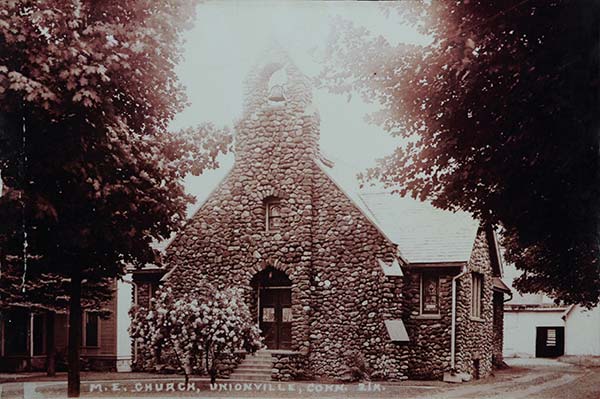
1970 West Avon Road Church cornerstone dedicated
In 1967-1970, urban renewal in Unionville gave Memorial the opportunity to relocate to its present site on West Avon Road. The School Street church was sold to the town, five acres were purchased in Avon, and the cornerstone was dedicated in 1970. The new church consecration was held on October 3, 1971. The church itself has been designed to be flexible and able to accommodate “religious drama and multi-media forms of expression” as well as worship services
In 1972, the Churchery School nursery school was opened, its growth was immediate, and it continued to expand throughout the decade.
Our current location – the “church on a hill”
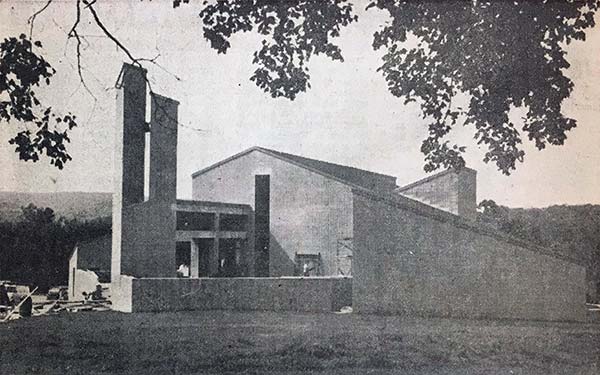
1992 West Avon Road Church cornerstone for Education wing dedicated
By 1990, the church had outgrown its original design, and plans for a new addition began in earnest. In 1992, the cornerstone of the new education wing was dedicated.
In 2004-2006, new heating and air conditioning systems were installed, a new roof was added to the main building, and Fellowship Hall and most interior rooms were remodeled.
A historical connection was also made in 2006 as the 1926 cornerstone was reconditioned and displayed, and five stained glass windows from the old stone church in Unionville were completely rebuilt and are now on display in the sanctuary. The church bell which is now in its third location with us on West Avon Road was donated by Fred Broadbent.
Our church building in Avon continues to be a vibrant place of worship and fellowship to its members, friends, and the community.
All in all, Memorial United Methodist has enjoyed a long and distinguished history in the worship of God and ministering to His people.
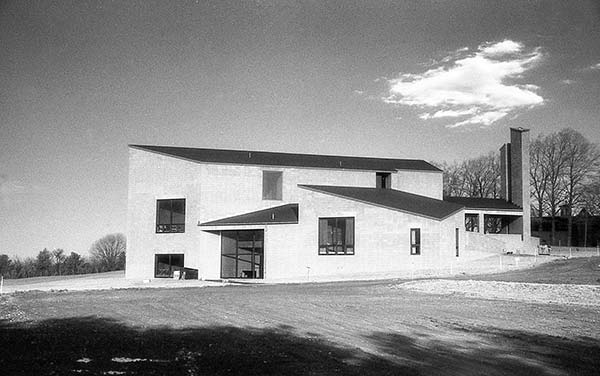

Join Our Community
Make You Visible to Christ and His People.

